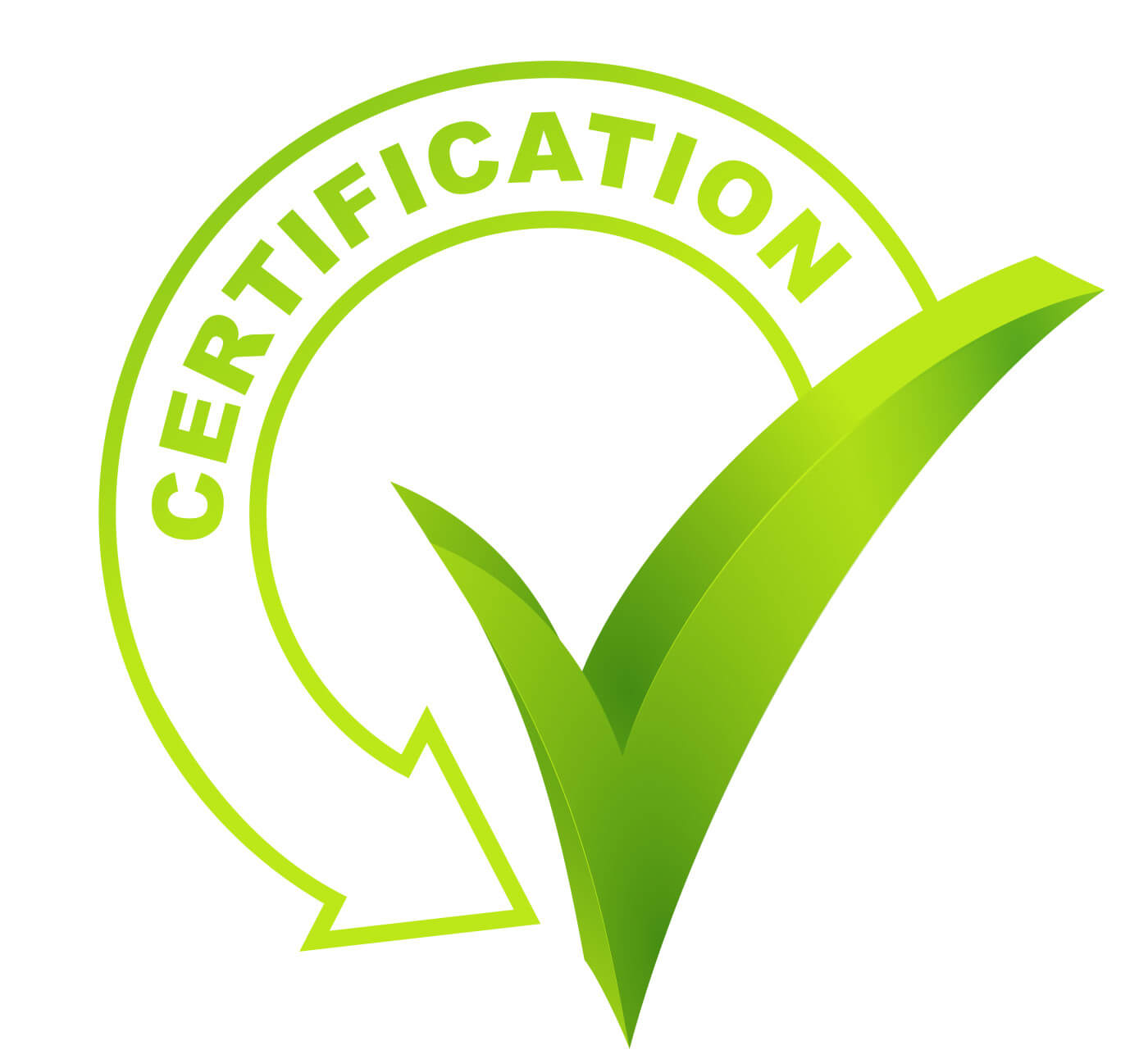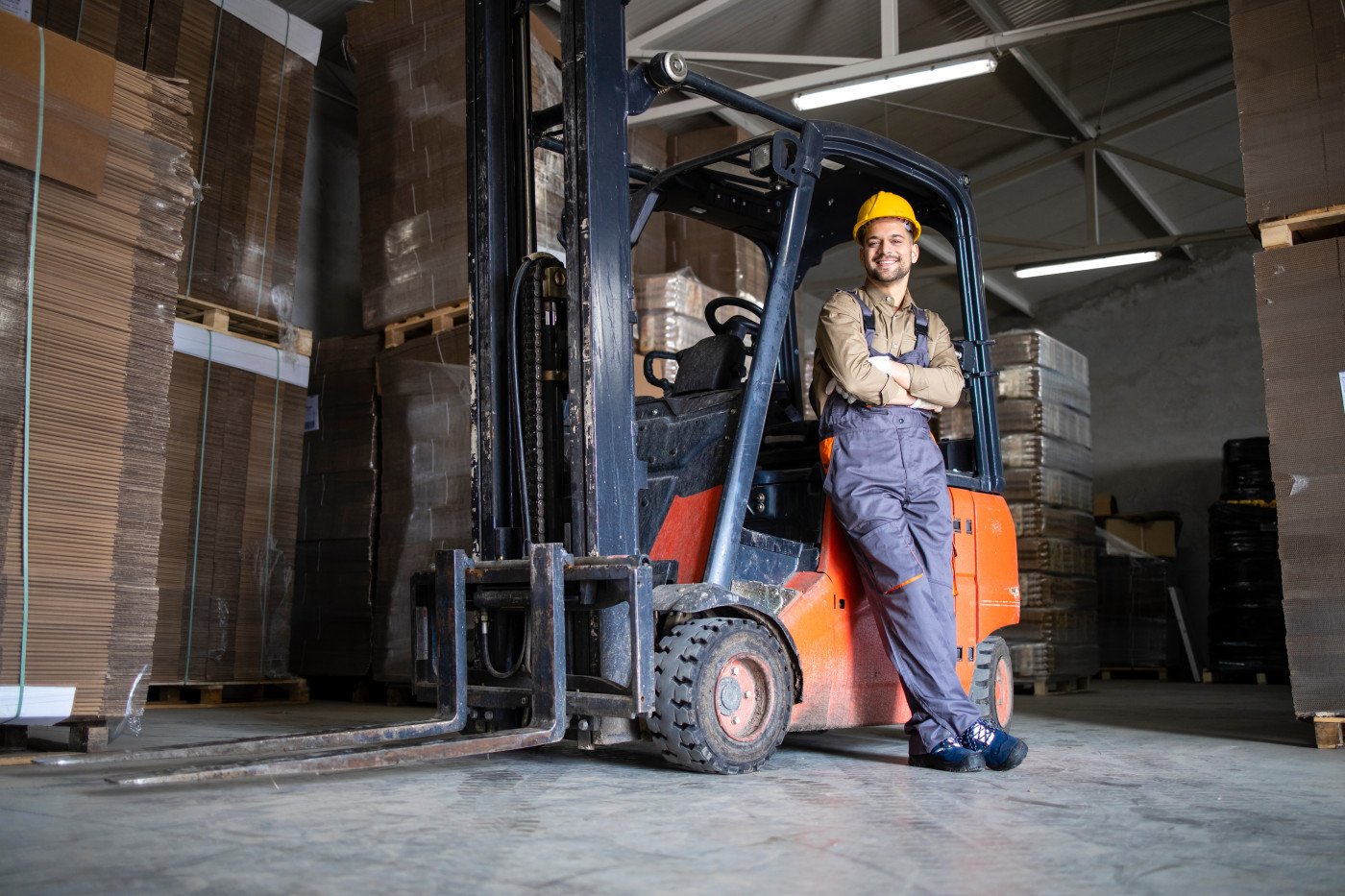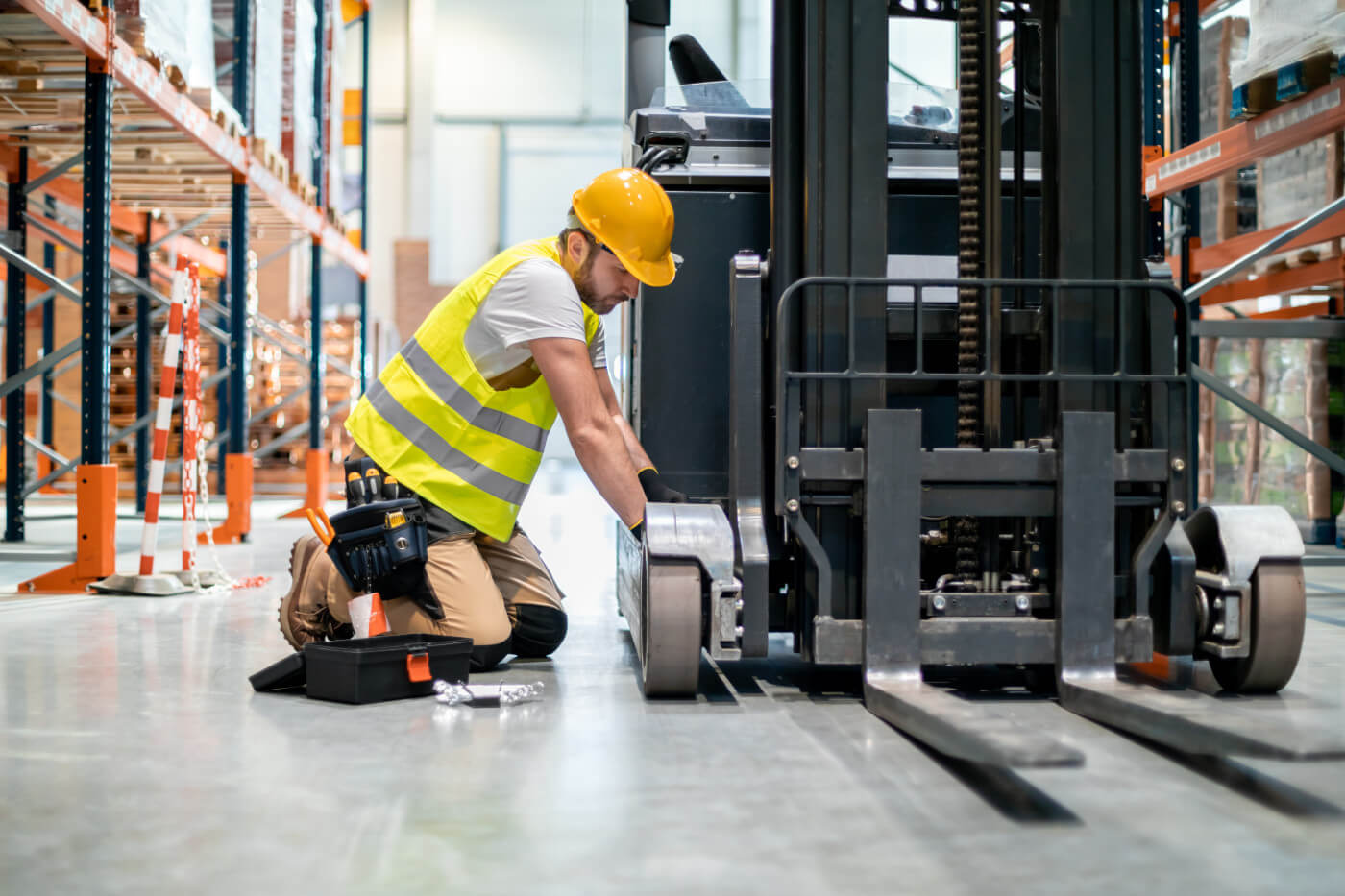In today's fast-paced warehouse and logistics environments, the role of a forklift operator extends far beyond simply moving goods from one point to another. With the increasing emphasis on workplace safety and operational efficiency, forklift certification has become crucial for operators and warehouse managers. This certification ensures compliance with safety regulations and equips operators with the knowledge and skills needed to prevent accidents and minimize the risk of injury.
Becoming a certified forklift operator involves understanding the various types of forklifts, mastering operational techniques, and adhering to strict safety protocols. The certification process prepares individuals for the real-world challenges they will face in the warehouse, promoting a culture of safety and responsibility.
Our guide aims to demystify the certification process, providing forklift operators and warehouse managers with a comprehensive overview of how to get certified, the benefits of certification, and tips for maintaining accreditation over time. By improving safety and enhancing operational efficiency, certified operators contribute to a safer workplace and position themselves as valuable assets to their employers.
Understanding Forklift Certification
Forklift certification formally acknowledges that individuals have undergone specific training and evaluation, confirming they possess the skills and knowledge necessary to operate forklifts safely and efficiently. This certification is not merely a formality but a crucial requirement to ensure operators understand how to navigate the complexities and potential hazards associated with forklift operations. The process underscores the importance of workplace safety and adherence to occupational safety regulations, such as those enforced by the Occupational Safety and Health Administration (OSHA) in the United States.
General requirements for forklift certification typically include classroom instruction, hands-on training, and a practical evaluation. The training covers various topics, including forklift operation, safety procedures, and maintenance checks. The goal is to effectively prepare operators to prevent accidents and injuries, highlighting the certification's role in promoting a safe working environment and ensuring compliance with national safety standards. By mandating certification, regulatory bodies aim to minimize workplace accidents related to forklift operations, thereby protecting operators and those around them.
In essence, forklift certification is a cornerstone for creating a culture of safety and responsibility within the warehousing and logistics sectors. It reassures employers and coworkers that certified individuals are competent in handling the machinery, fostering a safer, more efficient workplace.
The Process of Getting Forklift Certified
Achieving forklift certification is a structured process designed to equip operators with the necessary skills and knowledge for safe operation. Here’s a step-by-step guide to navigating this essential journey:
1. Choose a Reputable Training Provider: Select a recognized forklift training program that meets OSHA standards. It's vital to choose a provider with a solid track record of delivering comprehensive training programs
2. Complete Formal Instruction: Training usually includes classroom-based learning covering forklift operation principles, safety regulations, and preventive maintenance. Training can be conducted in-person or online
3. Undergo Practical Training: After the classroom instruction, you'll receive hands-on training under the supervision of a qualified instructor. This phase allows you to apply what you've learned in a controlled, safe environment
4. Evaluation: To get certified, you must pass both a written test and a practical skills evaluation. The written test assesses your understanding of forklift operations and safety knowledge, while the practical assessment tests your ability to operate a forklift safely and effectively
5. Certification and Recertification: Once you pass the evaluations, you'll receive your forklift certification, which is valid for three years. You'll need recertification to maintain your certification, which may involve additional training and testing.
Benefits of Forklift Certification for Operators and Businesses
Forklift certification offers significant benefits for operators and the businesses that employ them. For operators, obtaining certification opens up better job opportunities, as it demonstrates a proven level of competence and commitment to safety. Certified operators are often viewed as more desirable by employers, as they are equipped to handle the machinery safely and efficiently, reducing the risk of accidents and increasing operational productivity.
For businesses, the advantages are equally compelling. Companies can ensure compliance with safety standards by employing certified forklift operators, which is critical in avoiding costly fines and legal issues. More importantly, certification helps reduce the likelihood of workplace accidents, leading to a safer environment for all employees. Minimizing the potential for injury and property damage contributes to lower insurance premiums and reduced downtime, safeguarding the company's bottom line. In essence, forklift certification serves as a cornerstone for operational excellence and safety in the workplace, aligning with businesses' objectives of maintaining high safety standards and enhancing efficiency.
Maintaining Certification and Ongoing Training
Maintaining forklift certification and engaging in ongoing training ensures operators stay up-to-date with the latest safety standards and technological advancements. Regular recertification, typically required every three years, serves as a refresher on essential safety practices and an opportunity to learn about new forklift models, operational techniques, and compliance regulations. The continuous learning approach helps operators adapt to changing workplace environments and maintain proficiency. Furthermore, staying current with training can lead to further professional development opportunities, enhancing an operator’s value within their organization and the broader industry. By prioritizing recertification and ongoing education, forklift operators and businesses alike can foster a culture of safety and efficiency that keeps pace with industry advancements.
Choosing the Right Forklift for Certification Training
Selecting the ideal forklift for certification training involves understanding the diverse types of forklifts and their specific applications. It is crucial to choose a forklift model that aligns with the operational environment and tasks it will be used for. Consider the lift capacity, fuel type (electric, gas, diesel), and maneuverability. Training on a forklift that closely matches the conditions and challenges operators will face in their work setting can significantly enhance the learning experience and prepare them for real-world operations. Whether it’s a warehouse, construction site, or manufacturing facility, matching the forklift to the job’s requirements is critical to practical training and safety.
Securing Success: The Path to Forklift Certification
Becoming a certified forklift operator is not just a regulatory requirement but a crucial step toward ensuring workplace safety and operational efficiency. While this article serves as a resource for those looking to get certified, seeking professional training providers for comprehensive instruction is important. For all your forklift needs, from purchasing new or used equipment to obtaining top-notch maintenance services, BMH stands ready to support your journey.




